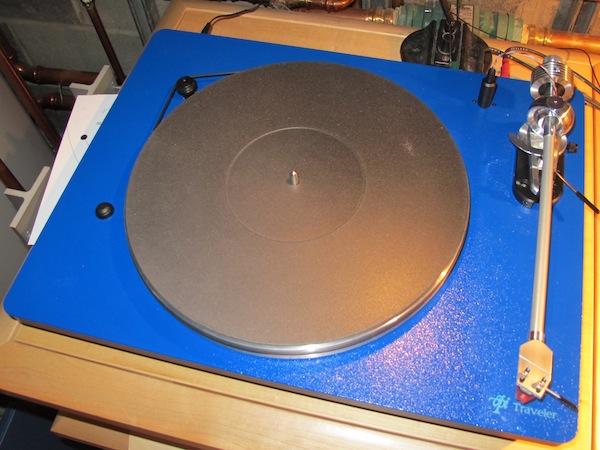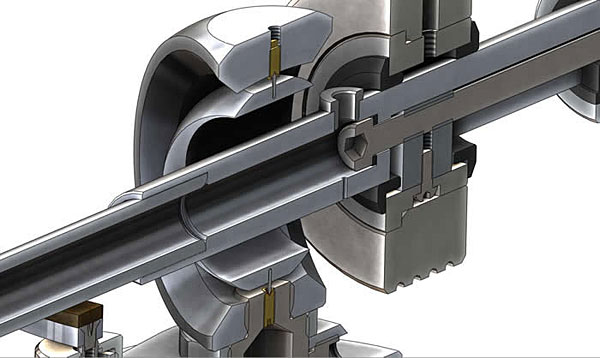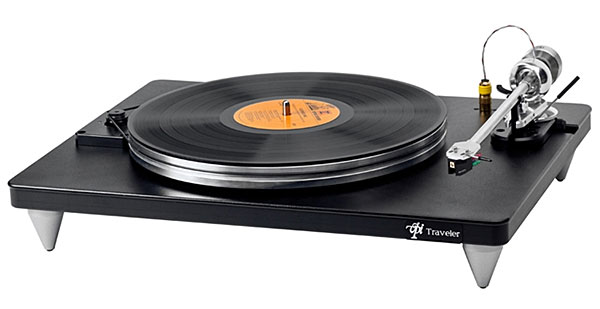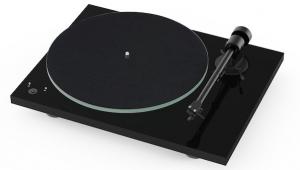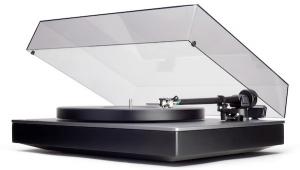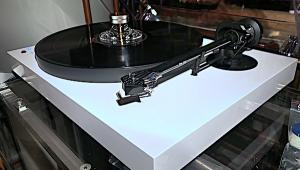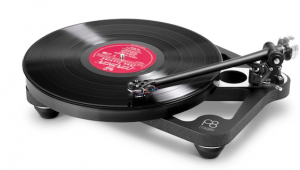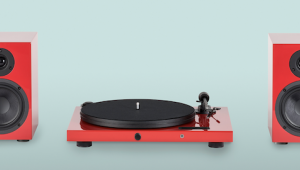Appreciate your thoughts. This table, the Clearaudio, and the Rega RP6 are all current contenders for our next TT after our entry level Pro-ject. Really looking to hear more about your mid-range carts.
Also, hear hear about droning on about music you listened too. It is a useless cliche for most reviews I read.
